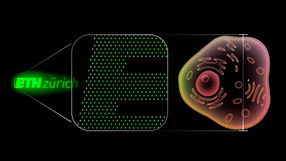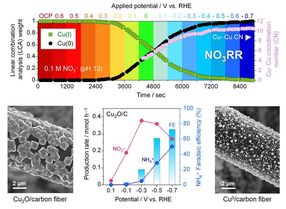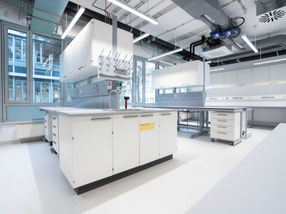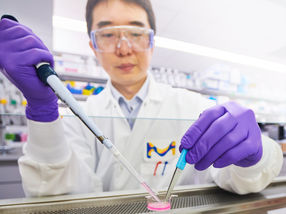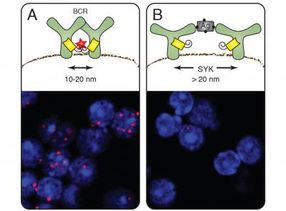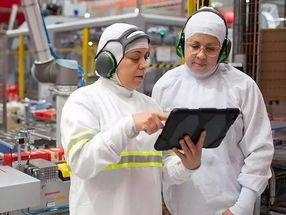A look into the heart of the battery
Thanks to PTB's measurement technology, chemical processes in batteries can be observed non-destructively
Advertisement
High-performance batteries are the key to e-mobility and the energy transition. In future, they should contain fewer scarce and harmful raw materials, be produced in a more environmentally friendly way and be easier to recycle. The demand is enormous - and innovative measurement technology can significantly accelerate development. This is where the new European research project HyMetBat (Hybrid metrology for sustainable and low-carbon footprint battery materials) comes in. The aim is to support the transition from lithium-ion batteries to more resource-efficient technologies such as sodium-ion batteries.
"We want to provide manufacturers with tools to precisely analyze and specifically improve battery materials," explains Burkhard Beckhoff from the Physikalisch-Technische Bundesanstalt (PTB), who is leading the international consortium with almost 30 partners. The focus is on new measurement methods and standards that allow deeper insights into battery chemistry and function than before. In this way, materials for new battery technologies can be precisely characterized - from the development of new, sustainable electrodes to optimized recycling processes.
National metrology institutes, universities and industrial partners are involved. "The high level of participation shows how great the interest in long-lasting, high-performance and cost-effective batteries is - not least for energy security, technological sovereignty and competitiveness," emphasizes Beckhoff.
PTB is contributing a key technology for this: X-ray fluorescence analysis. It provides high-resolution information about the chemical elements and their bonds - while a battery is in operation. Charging, discharging and all the chemical processes involved can thus be observed precisely and non-destructively. Such real-time insights were previously only possible to a limited extent and are of great value for targeted material development.
In the project, X-ray fluorescence analysis is combined with other powerful analysis techniques. The result is a complete picture of the chemical, electrical, structural and thermal properties of battery materials - and thus a deep understanding of their complex interaction, which determines the capacity, efficiency, energy density and service life of a battery The analytical methods and findings developed should find their way from the laboratory into industrial production and recycling - for more sustainable new battery technologies with higher performance and a longer service life.
Note: This article has been translated using a computer system without human intervention. LUMITOS offers these automatic translations to present a wider range of current news. Since this article has been translated with automatic translation, it is possible that it contains errors in vocabulary, syntax or grammar. The original article in German can be found here.
Other news from the department science
Most read news
More news from our other portals
See the theme worlds for related content
Topic World Battery Technology
The topic world Battery Technology combines relevant knowledge in a unique way. Here you will find everything about suppliers and their products, webinars, white papers, catalogs and brochures.

Topic World Battery Technology
The topic world Battery Technology combines relevant knowledge in a unique way. Here you will find everything about suppliers and their products, webinars, white papers, catalogs and brochures.












